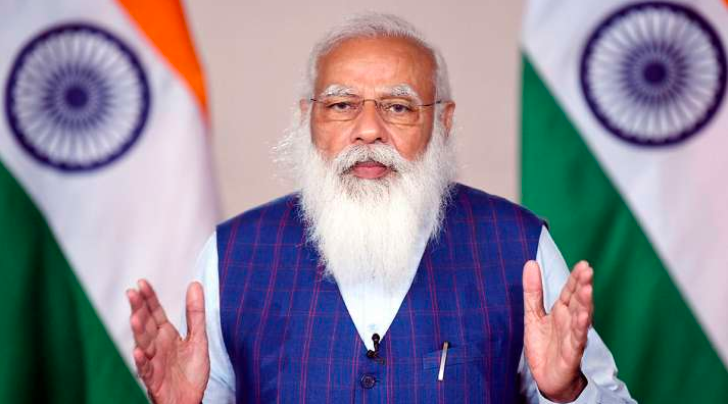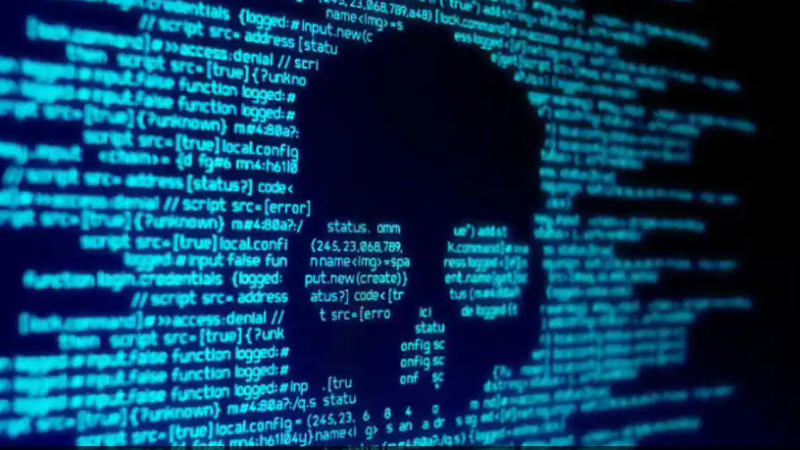Modi leads India out of a lockdown

“Modi leads India out of a lockdown and into a Covid apocalypse,” declared a recent headline in the UK Sunday Times.
The Australian newspaper re-published the story with a scathing summary: “Arrogance, hyper-nationalism and bureaucratic incompetence have combined to create a crisis of epic proportions, critics say, as India’s crowd-loving PM basks while citizens literally suffocate.”
It earned a rebuke from India, but there’s no denying the fact that Prime Minister Narendra Modi’s cherished image has taken a bad hit.
Stories from India’s punishing second wave have dominated global news and social media feeds – people gasping to stay alive as they wait for critical care beds and treatment; desperate families scrambling for everything, from oxygen cylinders to a doctor’s appointment; mass funeral pyres and parking lots turning into crematoriums to accommodate the rising number of dead.
Coverage the world over has pinned the blame on Mr Modi – a man who has often presented himself as an able administrator with an eye for detail, who is now floundering as India’s daily cases break records.
‘A crack in the facade’
“If competence was his calling card, many people are calling that into question,” political scientist Milan Vaishnav says. “It’s not just that the government seems to be fumbling or absent, it’s that they actively contributed to exacerbating the situation.”
Mr Modi is far from being the only leader to have bungled his Covid response. But his fall from grace is so pronounced, Mr Vaishnav says, because, unlike former US President Donald Trump and Brazilian President Jair Bolsonaro, he was not a “Covid denier”. And yet he failed to prevent what happened, despite the warning signs.
Mr Modi allowed a Hindu festival where millions gathered on the banks of the Ganges river over several weeks for a holy dip. He insisted on a month-long election in West Bengal state and campaigned unmasked at massive rallies, marvelling at the size the crowds.
“These displays of negligence or defiance were shocking to see from parts of the world which had seen lockdowns recently,” says Alex Travelli, The Economist’s India correspondent. They were also a vivid reminder of Mr Modi’s brand – a strong, popular leader of an overwhelmingly Hindu country – and the Indian exceptionalism that he touted to the world in January.
“For foreign observers, his nationalist impulses were always paired with a sense of technocratic competence. But technocratic competence has been entirely missing from the [Covid] response,” says Christopher Clary, assistant professor of political science at the State University of New York.
Mr Modi’s reputation as a both a populist leader and a vigilant administrator started to fray in 2016 when a disastrous currency ban knocked down millions of Indians who largely relied on cash. Then, last year, he shut down the country overnight to stop the spread of Covid – but again, millions lost jobs and many lost their lives. India’s economy is still reeling from all of this.
Mr Modi’s defence was that there was a greater good at stake, be it flushing out illegal cash or beating Covid. But this latest misstep cannot be explained away easily, says Ravi Agrawal, editor-in-chief of Foreign Policy.
“You can explain away numbers like GDP, but you can’t explain away a brother’s death,” he says. “Indians have always believed that although Modi makes mistakes, he still fights for them, he believes in them.”
But this time, he says, they are questioning his intent. “There is a crack, a very visible crack in the edifice, the facade that is Modi.”
The making – and unmaking – of a brand
“Modi means business” declared a Time magazine cover in 2012.
Back in 2002, more than 1,000 people, mostly Muslims, died in riots that erupted in Gujarat state after 60 Hindus were killed in a train fire. Mr Modi, who was then the chief minister of the state, was accused of allowing the riots. He denied any wrongdoing and came out unscathed.
By 2012, the Gujarat chief minister was “a paragon of good governance and effective administration” for his supporters. Other coverage dubbed him an “autocratic loner” and “a poor delegator”, but a “refreshing” change under whom “Gujarat bloomed” and “business flourished”. His bid for PM, after a 13-year stint heading Gujarat, was seen as an opportunity to “revitalise” India’s economy. The BJP was taking a risk on the “polarising” Mr Modi, but his reputation as a “no-nonsense administrator” was part of his appeal.
“We got taken in by the relatively easy way it was to govern Gujarat,” says Nilanjan Mukopadhyay, a journalist and Mr Modi’s biographer.
Brand new roads, power lines, lesser red tape and increased private investment in Gujarat impressed middle-class and wealthy voters. But Mr Mukhopadhyay says it wasn’t a great feat to achieve in a prosperous state with a small population. And Gujarat’s social indicators didn’t improve much.
“We were all taken by this great aura of Modi. I made this error too. He once said we have a red carpet, not red tape. Where is the red carpet for the aid that is coming?” (The aid has been stuck in customs, according to a series of damaging news reports.)
The current crisis, observers say, has exposed the chinks in Mr Modi’s armour. They say his centralised style of leadership seemed reassuring last year but proved hollow this time as he passed the buck to states. A generous vaccine strategy, which saw him donate doses to countries, now appears like careless grandstanding since India has forced its largest vaccine marker to renege on international commitments, which brought it funding. His strident majoritarianism, which so many voters admired, stops him from reaching out across the aisle for bipartisan solutions, experts say.
“He put his name and his stamp on everything. So when something goes wrong he has to take the fall. You can’t have it both ways,” Mr Agrawal says.
Mr Modi built an impressive brand abroad too – “He is at his best outside India,” wrote one newspaper. He drew a “roaring crowd” at the iconic Madison Square Gardens and overshadowed former US President Donald Trump at the Howdy, Modi! gathering in Texas.
“He deployed this imagery of himself so aggressively,” Mr Agrawal says. He was even called the “most physically demonstrative Indian leader in years.”
His muscular nationalism was a balm for Indians at home and overseas, and promised the emergence of a superpower. Now, Mr Agrawal says, it is “galling” for Indians everywhere to see how their economic peers – Thailand, Vietnam, Bangladesh – have fared better against Covid.
“There’s embarrassment among the diaspora that the country which they have got used to describing to their friends as a rising power is now being shown the way it is.”
Can Modi’s image recover?
“He has proven to be an exceptionally resilient politician and political leader,” Mr Vaishnav says.
“The man has recovered from some incredible nadirs already, I wouldn’t count him out,” Mr Travelli adds.
The government is already in damage-control mode. It has taken offence to the bad press, sparred with opposition leaders and fumed at tweeters critical of its response.
It has suggested a “foreign conspiracy” is afoot to discredit India, asked Twitter to take down posts it didn’t like and then took to Twitter to thank and defend Mr Modi’s leadership.
But Mr Modi himself has been conspicuously absent, barring a tame address on 20 April.
“At the start of the pandemic, Modi knew how he wanted to look to India and the world,” Mr Travelli says. “He was styling himself as a general leading his people. But no equivalent posture is available to him at the moment. He doesn’t have any interest in apologising or asking for help.”
Mr Modi has only been interviewed a handful of times since he became PM. He has never addressed a press conference, even during Covid.
“He doesn’t want to be questioned,” Mr Mukhopadhyay says.
But questions are all anyone has – the poor, a traumatised middle class and the rich Indians who couldn’t escape the huge gaps in healthcare, and even loyal party workers who can’t quite grasp how the prime minister let this happen.






